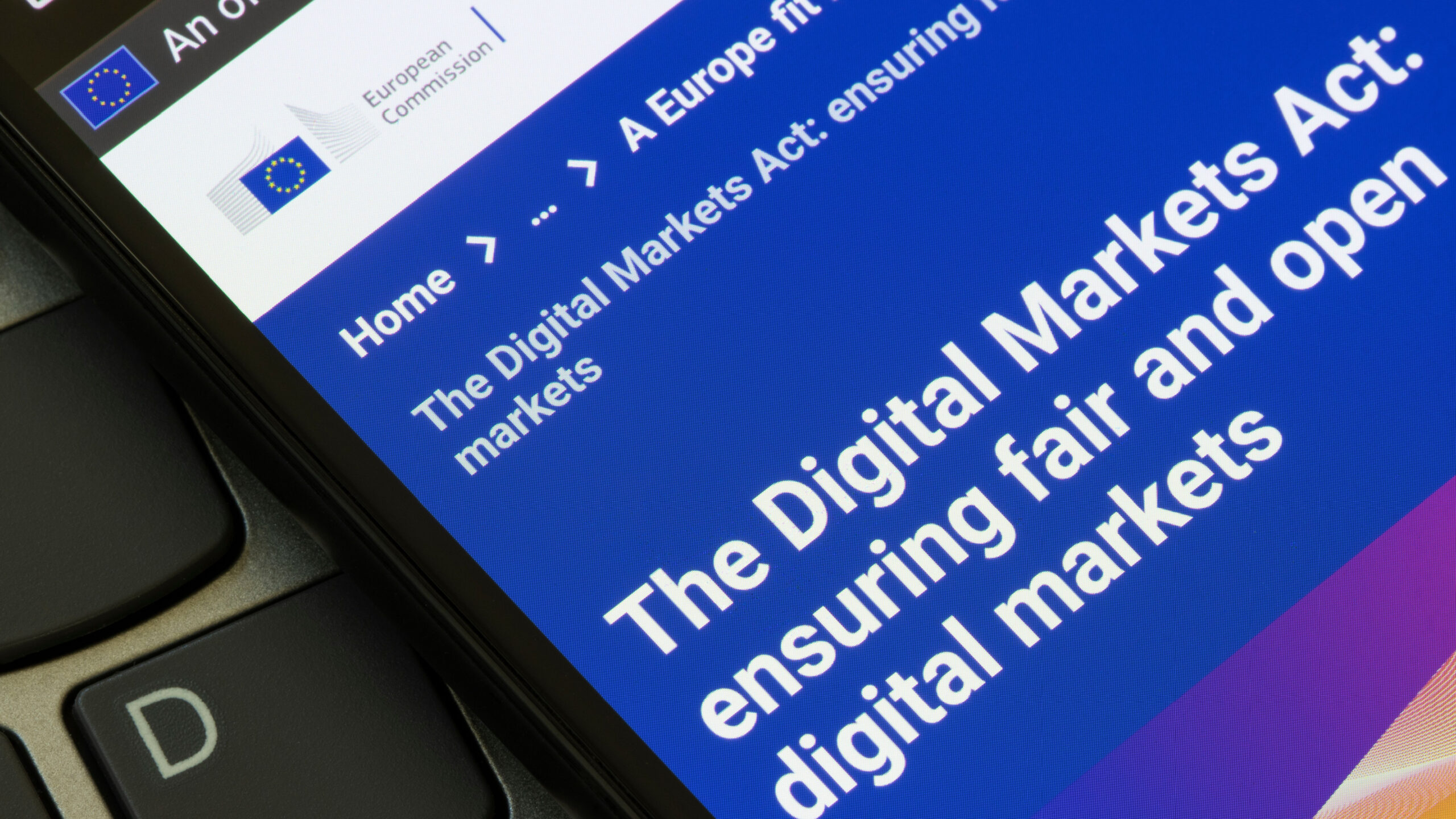A Tale of Two Instant Messengers: Tencent, AOL and Disruptive Innovation
Despite being popularized in the 1990s by AOL Instant Messenger (AIM), instant messengers are becoming retro cool, especially if you are are global tech company with a couple billion dollars in cash on hand. Besides (or possibly because of) the $19 billion that Facebook paid for WhatsApp and its 450 million users, other instant messaging platforms have been put on the auction block recently as well. Most notably, Rakuten, a large Japanese e-commerce and Internet company, spent $900 million buying Viber, a four-year-old cross-platform instant messaging application. Also, Alibaba, the Chinese e-commerce heavyweight, invested $215 million in the parent company of Tango, another instant messaging newcomer, to acquire a minority stake in the Mountain View-based company whose messaging product has 200 million registered users.
What’s going on here? Why are instant messengers all the rage in an era when the cutting edge of technology consists of driverless cars, supersonic ground transit via pneumatic tube and elevators to space?
The tales of America Online (AOL) and Tencent shed some light on the recent popularity of instant messengers, and they also provide case studies in some of the finer points of disruptive innovation theory.
AOL Instant Messenger: Riches to Rags
Last Tuesday, Mashable published an interview with three AOL engineers who founded and helped develop AIM — AOL’s popular instant messaging software that is largely responsible for making “IM” an acronym. Despite the ubiquity and popularity of AIM — it was the dominant instant messenger of the late 1990s and early 2000s — AOL never embraced the product.
In fact, the interview reads much like a case study in Clayton Christensen’s The Innovator’s Dilemma, which laid out the theory of disruptive innovation.
In conducting research for the book, Christensen stumbled onto a surprising finding. Although new entrants usually led in commercializing disruptive innovation, the development of the technology behind disruptive innovations is usually “the work of engineers at established firms, using bootlegged resources.”
Indeed, this is what happened with AIM and America Online. According to the interview, the idea of an instant messenger that worked beyond AOL’s own walled garden was conceived and developed “unbeknownst to AOL executives.” In fact, one of the engineers on the team had to call in a favor to the head of AOL’s data centers, who happened to “lose” some old Hewlett-Packard servers that were due to be shipped back to HP. These servers were then used in an “unofficial capacity” by the AIM team to run AIM.
As could be expected, when the AIM project team showed AIM to AOL executives, management was none too happy. They saw no value in offering a piece of AOL’s system for free and saw it as a threat to the company’s subscription-based business model. According to Barry Appelman, the lead engineer on the project:
They [AOL executives] wanted to kill it and at some point they wanted to fire me for doing this stunt.
Eventually AOL executives reluctantly agreed to release AIM but only after a strong push from the project team. Despite no fanfare around the release, AIM became an instant sensation. Eventually one of the original AIM engineers, Eric Bosco, was promoted to a management position within AOL. Despite the success of AIM, AOL executives were still hostile towards the messaging program. As Bosco recalled:
My biggest job as a manager was to keep AIM alive internally, because every single executive vice president wanted to shut it down and kill it. They could not understand the concept of giving away for free something that was of real value to the paying subscriber base. It was always AIM versus AOL. They hated us.
Despite management’s hesitance, AIM added features that would become the mainstay of current instant messaging programs. AIM added file transfer ability, launched voice chat before Skype, and even introduced the ability to chat with mobile phones. Unfortunately, management never embraced AIM and the project was given few internal resources. Even more innovations died on the vine, including the idea to make a social landing page where users could have an online profile. Other ideas that were killed included applications that allowed AIM to work on set-top boxes and the Playstation 2. AOL engineers even figured out a way to duplicate Napster’s file sharing ability. However, seeing as AOL had recently merged with Time Warner, AOL decided to kill that feature too.
Eventually, AIM lost its market leader status as a result of AOL’s failure to embrace the product. By 2011, AIM held just a .7% share in the world messenger market. Ironically, the company that once shunned AIM when it was the market leader, decided that same year to revamp the product in an attempt to stanch user defections to other products. Although this belatedly attempt at AIM investment did not work, it did track with another observation Christensen made on the characteristics of prior disruptive innovations: “established firms belatedly jumped on the bandwagon to defend their customer base.”
Tencent: Rags to Riches
Another article from last week, Fast Company’s in-depth profile of Tencent, profiled China’s most powerful Internet company, who has seen its stock grow 999% since 2009 and is now valued at $139 billion.
Tencent was founded in 1998 — one year after AOL released AIM. Its first product was essentially a clone of another popular instant messenger product, ICQ, which AOL purchased that same year (ICQ actually predated AIM). Ironically, Tencent changed the name for its IM clone from OICQ to QQ after threats of a trademark lawsuit by AOL.
Unlike AOL, which failed to nurture AIM because it saw the product as a threat to its subscription-based business model, Tencent aggressively innovated and iterated QQ as the company was not in danger of cannibalizing an existing revenue stream. Also, unlike AOL, Tencent realized that a popular free messaging platform was merely a camel’s nose under the tent of profitability, and the company added online social gaming, music, shopping, microblogging, voice chat and online gaming to its core instant messenger. Furthermore, Tencent used the popularity of QQ to launch WeChat (“Weixin” in Chinese market), its mobile text and voice messaging service. And like QQ, WeChat hasn’t stopped at messaging. It has recently added functionality that allows users to book flights and taxis via the WeChat app. It’s no surprise that the author of the Fast Company article refers to Tencent as “Facebook, Amazon, Twitter, and Uber all rolled into one.”
Last week, Tencent reported that for the first time the company had over 200 million concurrent QQ users (and 808 million active accounts). WeChat is no slouch either. Tencent recently reported that its mobile messaging application had 355 million active users. To put that in perspective, AIM had 4 million users in 2012, down from 53 million in 2005.
What Happened?
Why the different fates for AIM and Tencent? The short answer is that entrenched incumbents have a hard time switching business models, especially when that means harming a current revenue stream (even if that revenue stream is shrinking). The Internet has given many examples of this. Tech companies used to selling individual copies of software or offering subscription-based services (i.e. AOL), have had difficulty adjusting to free (or freemium) business models that rely on advertisements or small cuts of online transactions. Making pennies on each user is a lot less than $20 a month, but it is certainly more sustainable in the long run. And this was exactly what Tencent proved to be good at, at least according to Jeff Walters, the managing partner of Boston Consulting Group’s Beijing office:
Tencent is great at monetizing eyeballs. That’s their core competency. They are making tons of money by scraping together pennies, from tiny transactions.
Clayton Christensen had a term for this as well. He called it the “attacker’s advantage,” which is the “ease in which entrants, relative to incumbents, can identify and make strategic commitments to attack and develop emerging market applications…. At its core, therefore, the issue may be the relative flexibility of successful established firms versus entrant firms to change strategies and cost structures, not technologies.”
Essentially, startups don’t usually arrive on an idea or technology first, but if that idea threatens to undercut an existing market, startups are more likely to be able to commercialize it successfully. Essentially, new entrants are more adaptable because they don’t have anything to lose. Or, as Barry Appelman, the lead AIM engineer, said:
They [AOL] couldn’t make the leap where they turned the business upside down… Companies generally can’t do that trick.
And, with the benefit of hindsight, even AOL executives have perspective on the creation of AIM. In a recent talk, Ted Leonsis, former senior executive at AOL, has listed the creation of AOL Instant Messenger as one of his greatest accomplishments.
Looks like a lot has changed since 1997.








